A Lovely Meadow Full of Centipedes in March of the Ants

Travel to the meadow in March of the Ants as the small colony hunts for the broodmother in another solo play.
My first attempt to locate the broodmother in March of the Ants pretty much fell apart. Still, I enjoyed learning the new rules included with the first expansion and putting some ideas into practice. It’s hard to describe how fun and challenging it is to manage a little colony of ants. I went back to the meadow to fight off those terrible centipedes…
Game Overview
Game Name: March of the Ants
Publication Year: 2015
Designer: Tim Eisner and Ryan Swisher
Artist: Tim Eisner, Ryan Swisher, and Peter Wocken
Solo Mode: Expanded with Minions of the Meadow
The new starting hexes feature aphids, which can help provide harvest bonuses over time. One may be herded by an individual ant so that they become a sort of team.
I surveyed the situation and prepared to go into battle against the invaders! And that sneaky broodmother, too.
First Play
March 4, 2020
Complexity
3
Latest Play
March 27, 2022
Expansions
2
Setup Time
5 Minutes
Lifetime Plays
25
Play Time
40 Minutes
High Score
26
Game Area
34" x 24"
Low Score
4
The Major Workers
The size of the major workers can be misleading in some photos. This guy might look about the same as the others… Just wait to spy him a little further down!
A maximum of 2 major workers may ever be in play. They feature special abilities that can be very useful.
In particular, getting a thorax evolution can make the explore action all the more beneficial. A major worker can effectively reveal 2 hexes and get closer to the enemy nest.
Of course, creating a major worker requires the sacrifice of 2 regular workers. That choice is never that easy!
In the Beginning
Can you see the difference with the major worker here? He’s quite the massive critter compared to the others!
The first season saw some expansion and a good deal of luck with the broodmother. She didn’t do all that much, but she was still lurking somewhere out there.
The goal is to locate the broodmother and destroy her. Exploration is extremely important, but there are many other considerations to manging the colony.
Resource management, particularly in regards to food and larvae, are important. So, too, is fighting off centipedes!
A Season of Expansion
Perhaps the trickiest part of the game involves the number of seasons, or rounds. There must be plenty of time to take over the meadow, right? Not at all!
Each play takes place over the course of just 4 rounds. It’s a bit of a race in some regards, and understandably so.
Without the timer mechanism, there wouldn’t a lot of tension. Ants could slowly explore and go about their business without any cares. But the centipedes!
I explored a fair number of hexes, yet still wondered if I was doing enough to find the broodmother out there.
Tiny Victories
As the penultimate season came to a close, I knew my colony was in trouble. There were too many hexes still left before the broodmother would be revealed.
Centipedes were slowly entering the meadow, too. They just sat there, taking over and ruling their own hexes.
In the base game, I often found that the centipedes moved into my own hexes and brought the battles to me. With the expansion, it was up to me to direct the ant armies.
I had a pretty good feeling where this play was headed, but I still did well with the aphids. Small victories, people. Ha!
The Last of the Ants
Autumn drew to a close, and there was nothing I could do. I missed out on collecting enough resources to build up an excellent final turn. At least I knew what I did wrong!
That’s another difference between the base game and expansion. In the former, there isn’t necessarily a major resource engine that grows with time.
Here, with the expansion, generating more and more resources is vital to succeeding later on.
Perhaps I also could have played more cards to have the broodmother expand herself… It’s something to try!
Evolution Focus
Despite my loss, I noticed a few ways to start improving my ants. The acrobat head and pollinator thorax evolutions made a number of differences.
The cost in ants or larvae is often worth it, although this is another decision that must be carefully weighed.
See how I ended up with all of those unused larvae in the end? I didn’t have a lot of useful cards to play, and even got saddled with a lot of tactics cards. Bad luck, indeed.
The evolutions are always interesting, though. Each one serves its purpose and can grant excellent benefits.
Session Overview
Play Number: 12
Expansion: March of the Ants: Minions of the Meadow
Solo Mode: Expanded with Minions of the Meadow
Play Details: Easy Expansion Difficulty Level
Required Play Space: 34″ x 24″
Setup Time: 5 Minutes
Play Time: 30 Minutes
Outcome: 20-29 (Loss)
Finding the broodmother is a really difficult challenge for me. I definitely don’t know how best to use the explore action, although at least the final score was a little closer!
%
20 Plays
Affordability
Price & Value
8
Functionality
Challenges & Mechanics
9
Originality
Design & Theme
9
Quality
Components & Rules
10
Reusability
Achievement & Enjoyment
9
Variability
Distinctness & Randomness
6
Victory Conditions
Defeat the Broodmother
- Overall Goal Progress 100%
Goals and Milestones
Win at least 1 expansion game at the easy difficulty level.
Win at least 1 game at the easy difficulty level.
Win at least 1 game at the hard difficulty level.
Win at least 1 game at the normal difficulty level.
Continue the Conversation
Ants, ants, and more ants! Have you played March of the Ants: Minions of the Meadow? I’ve been very pleasantly surprised by how much it adds to the solo experience. Are there any other expansions that greatly improve the base game? I have a feeling this is going to take me some time to master… And I’m very happy about that. Ants are awesome!
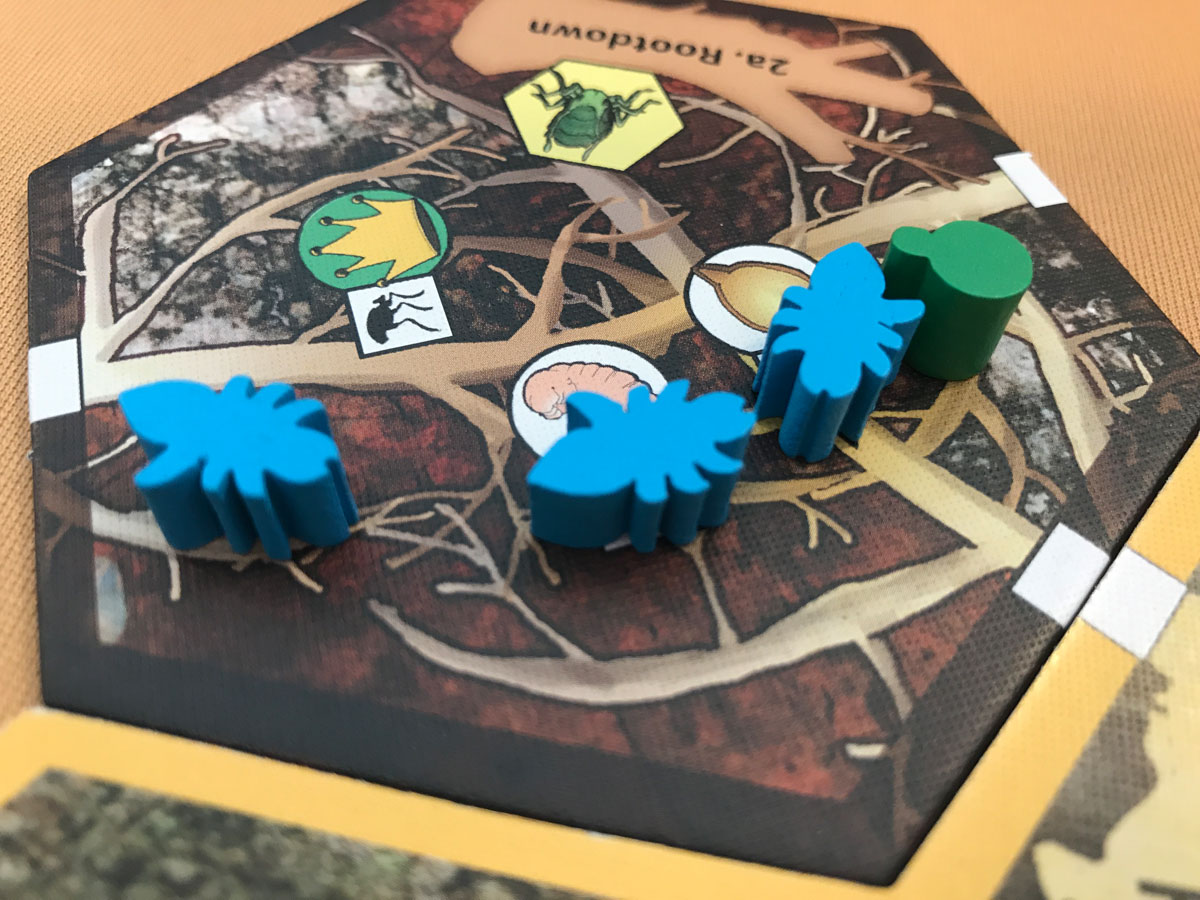
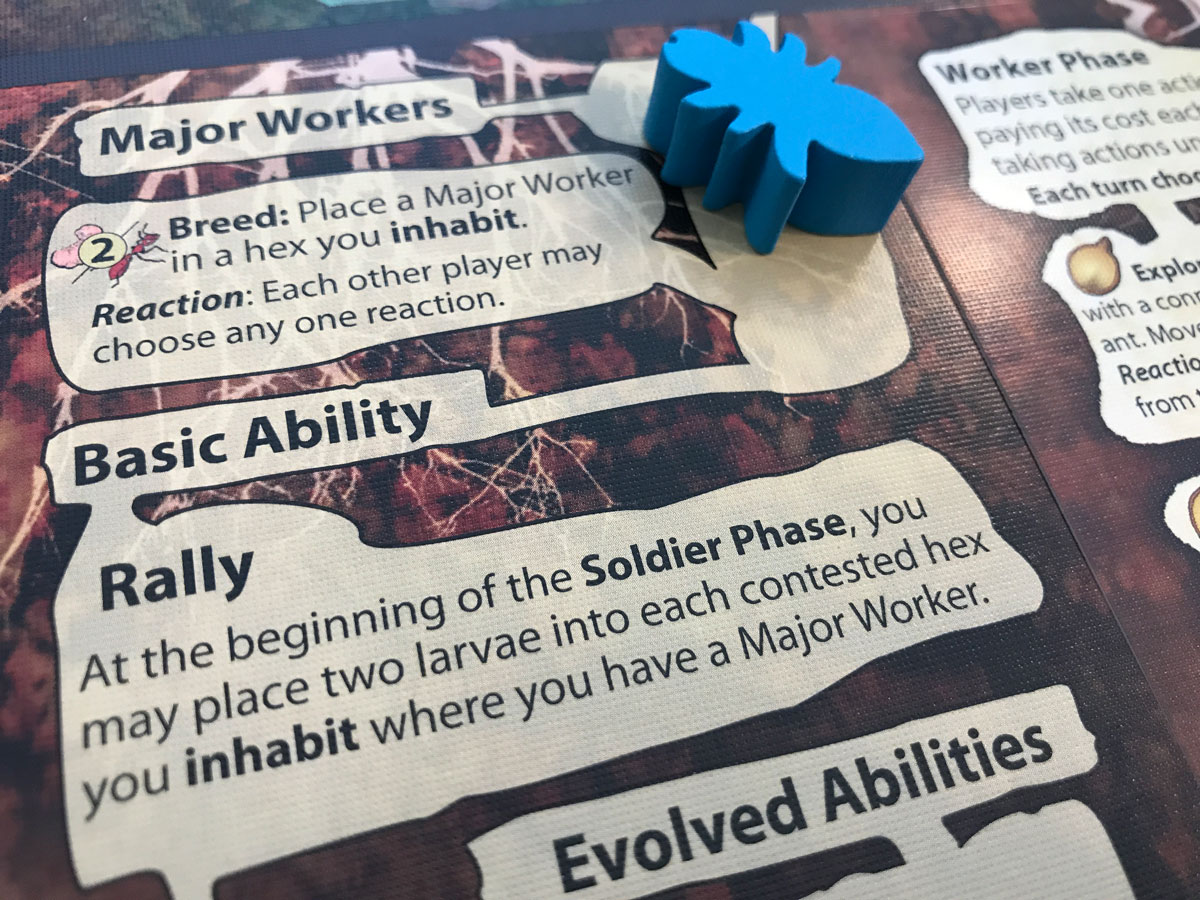
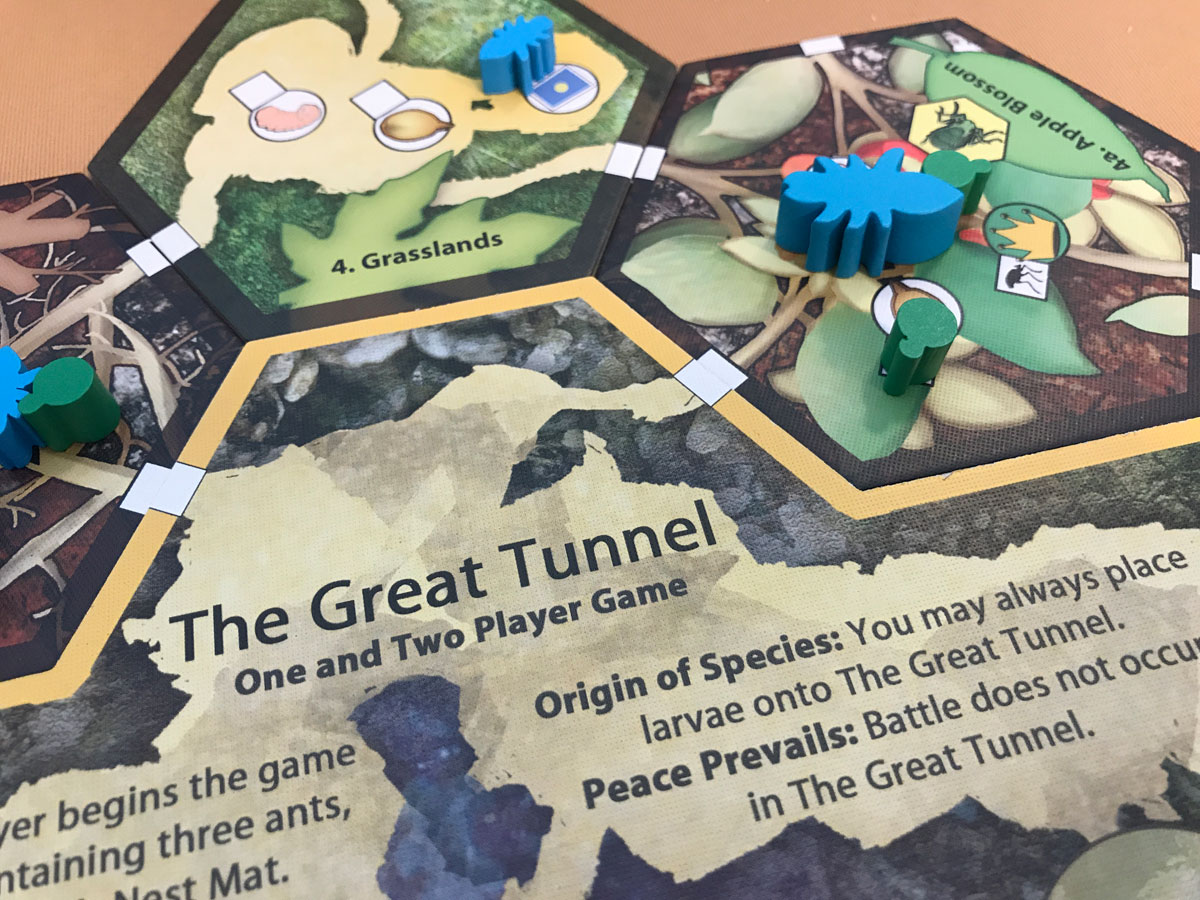
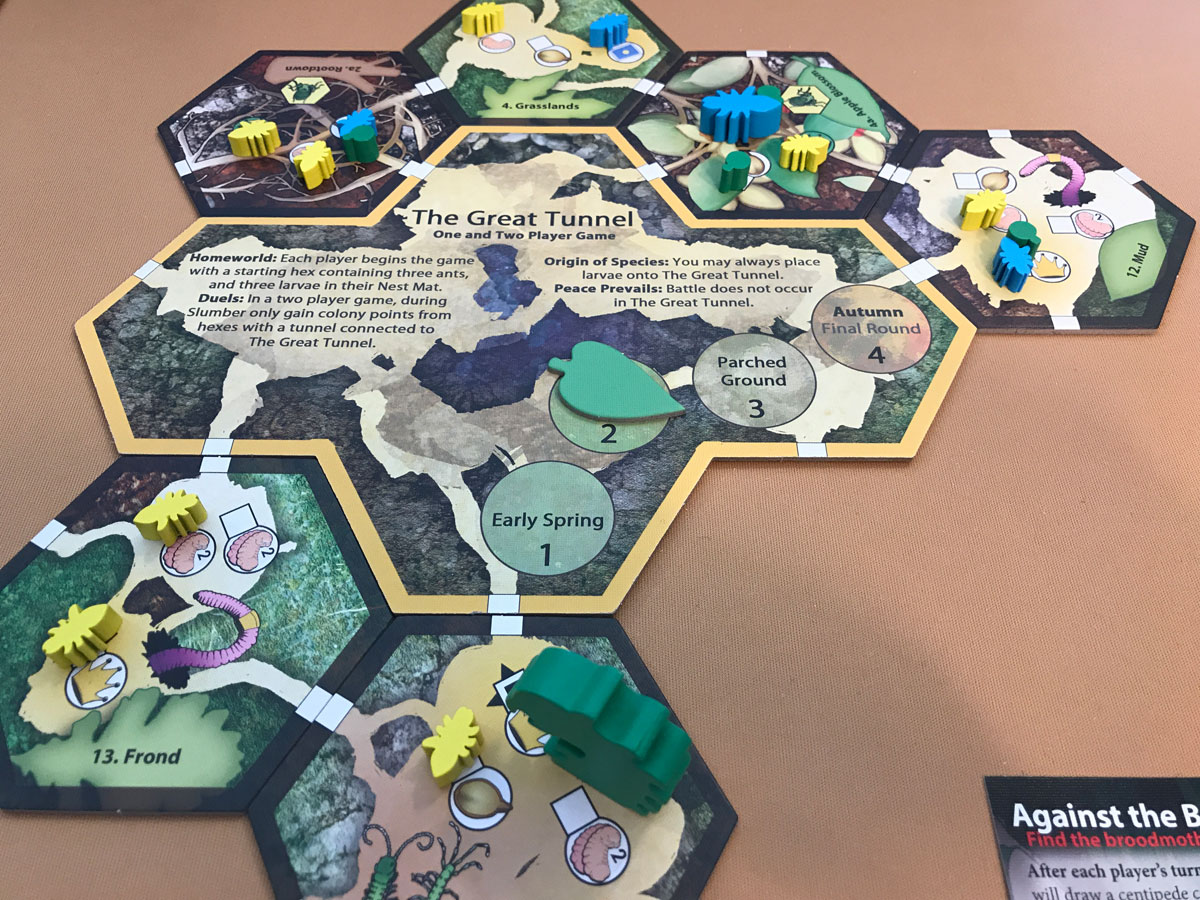
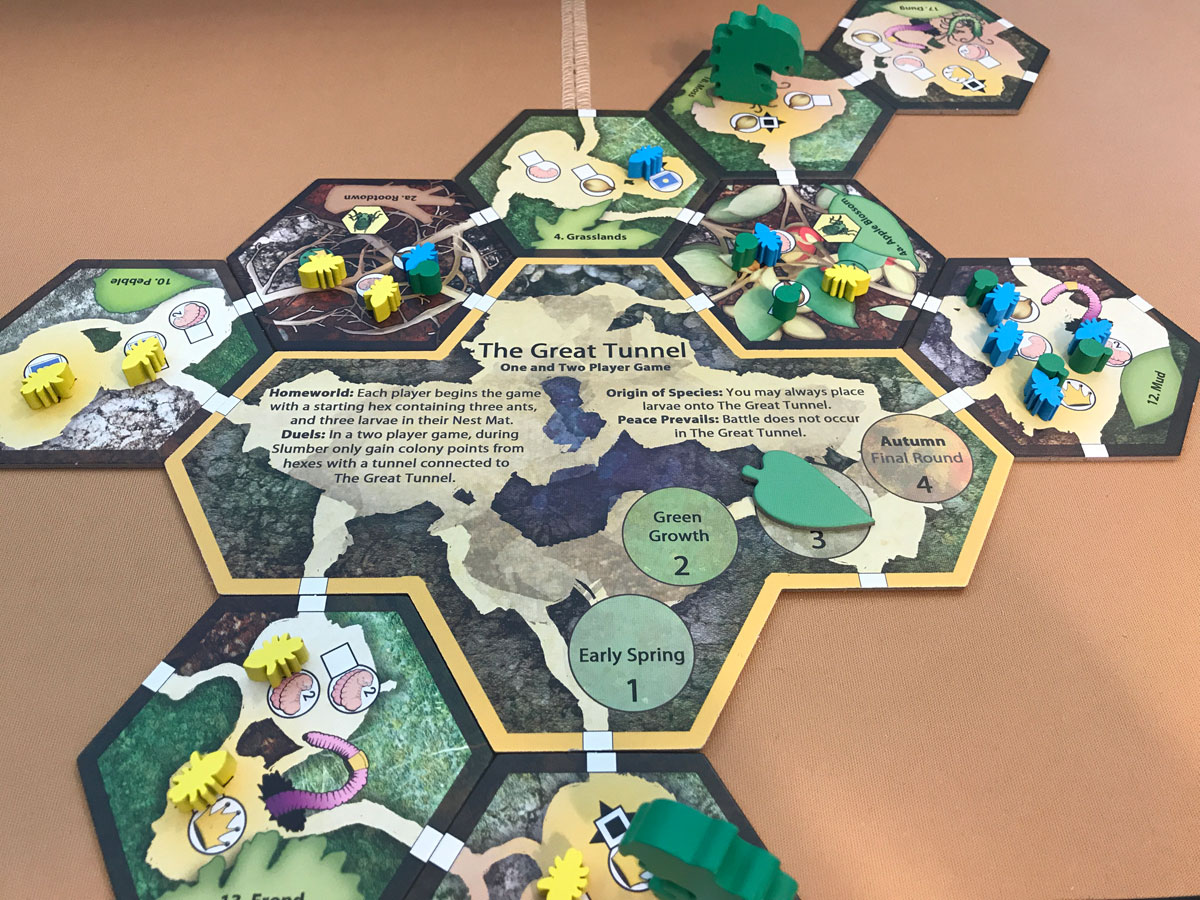
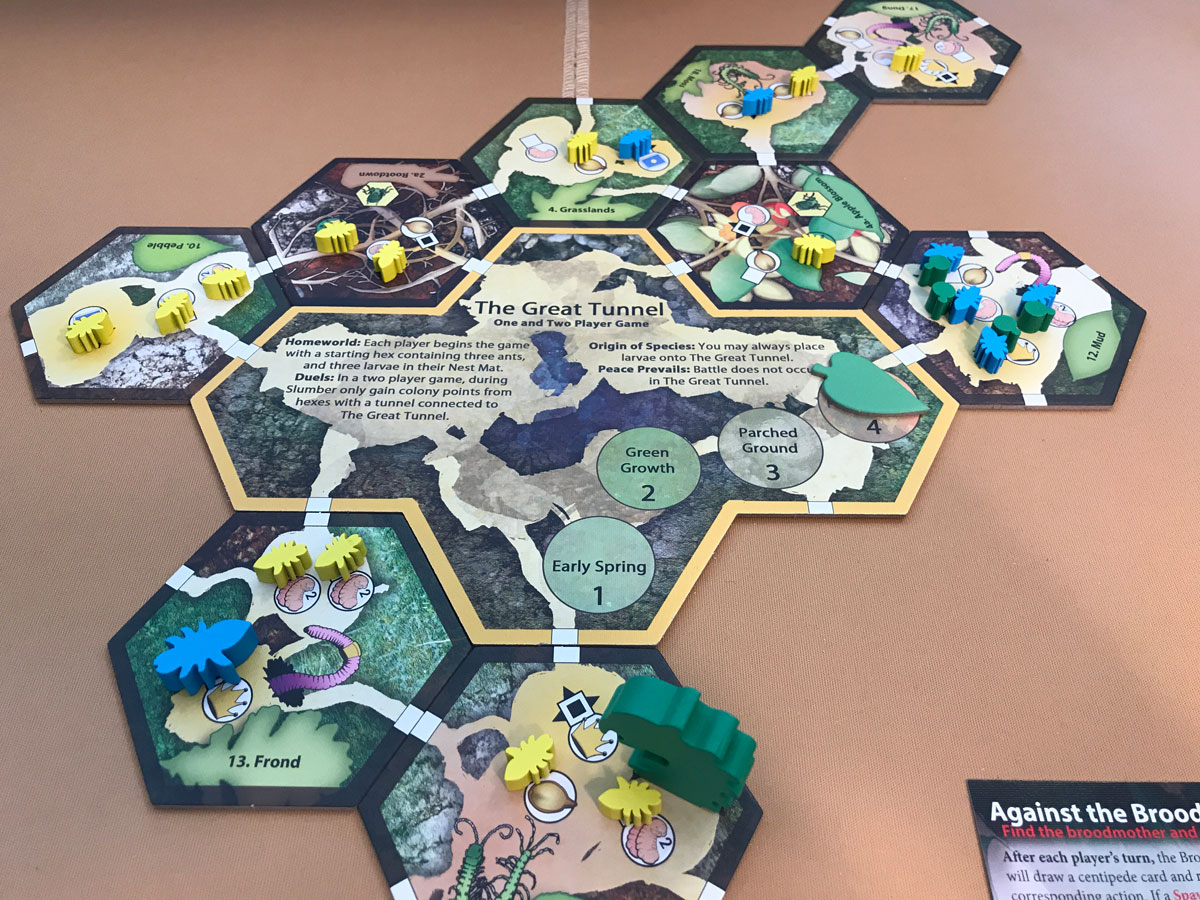
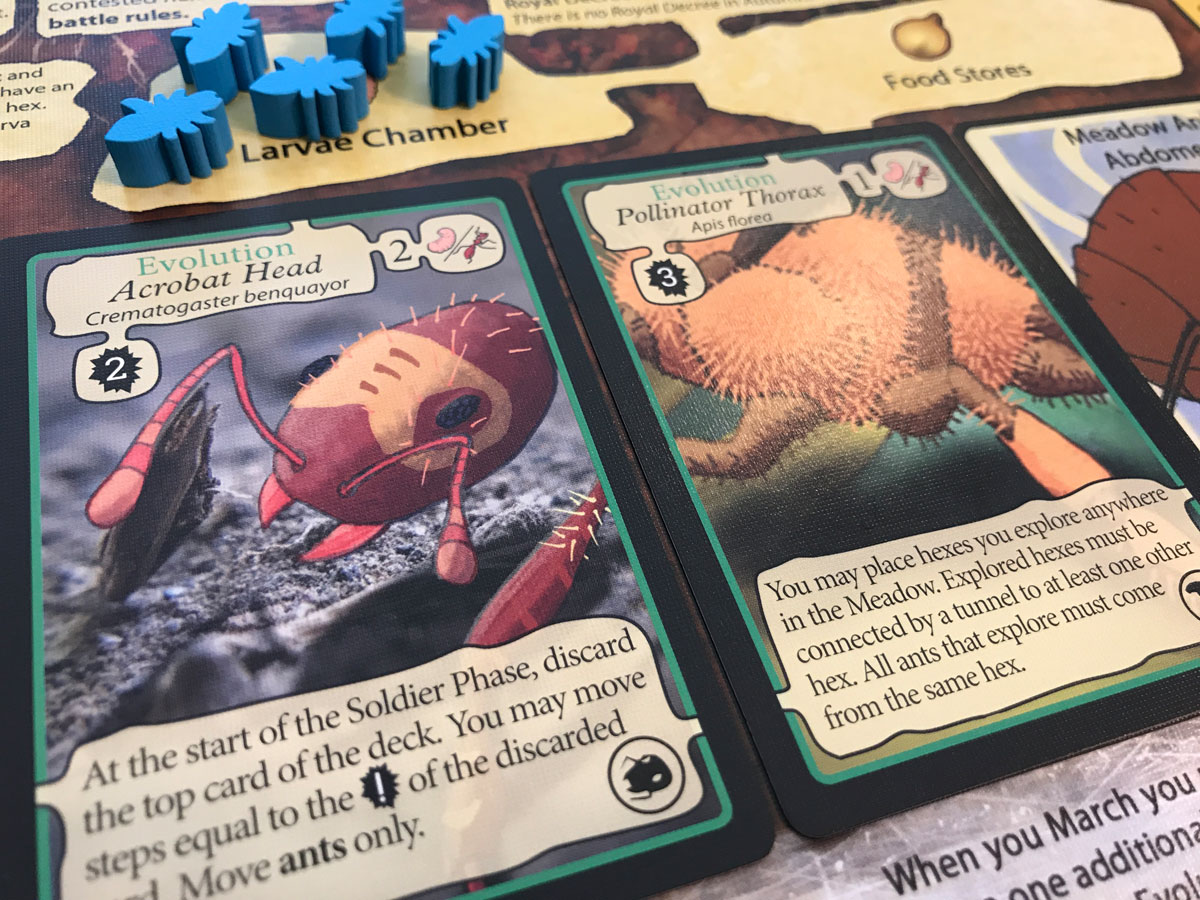
0 Comments